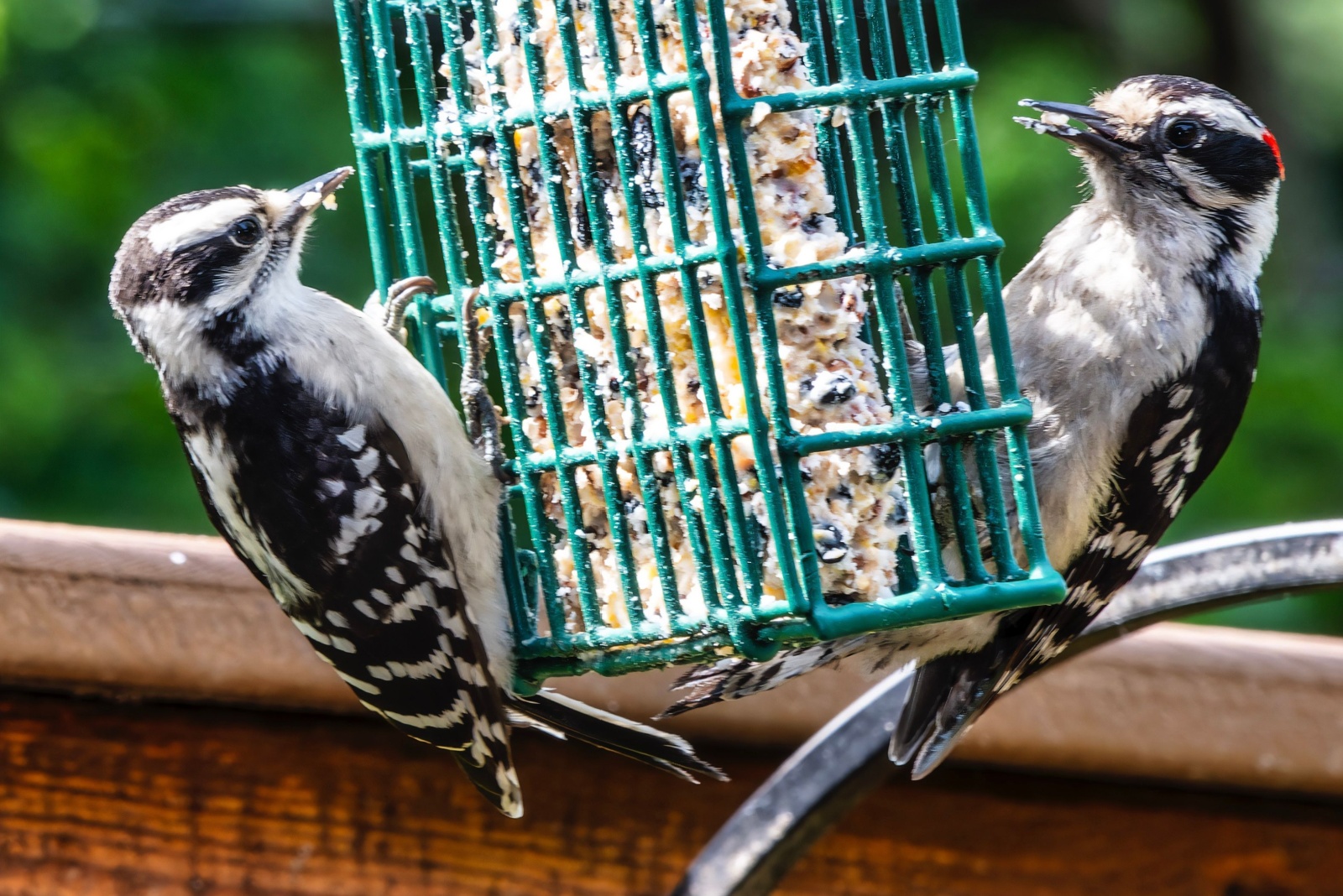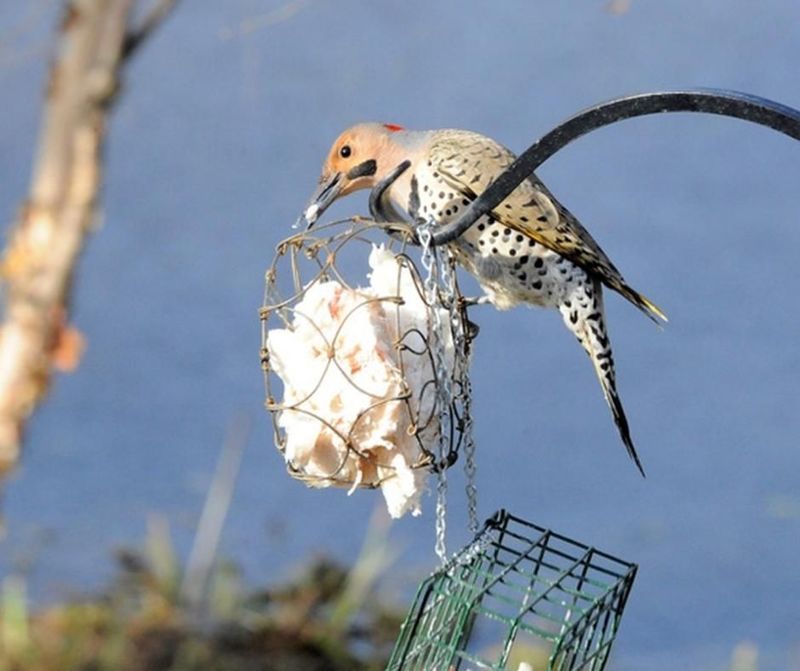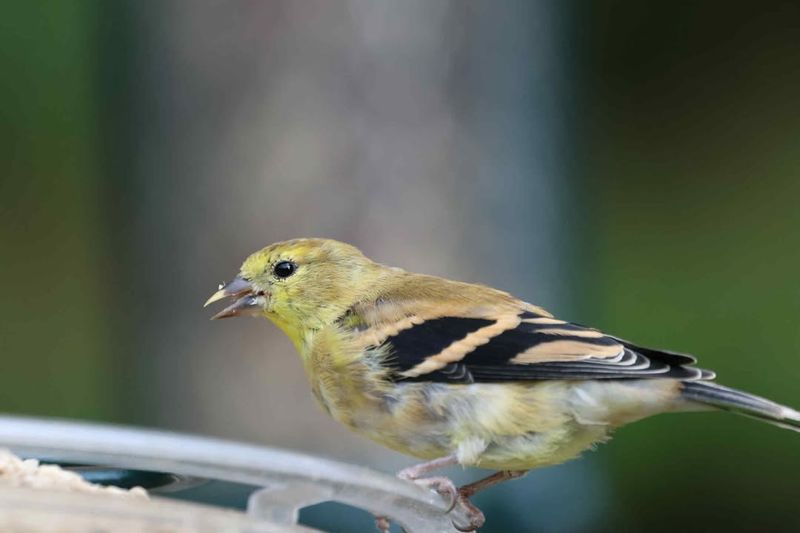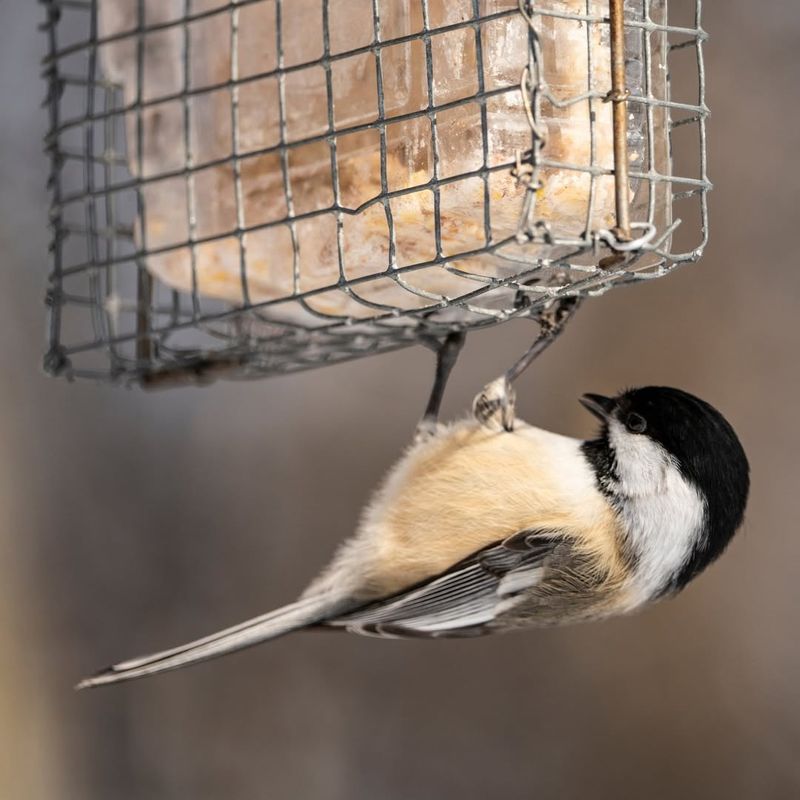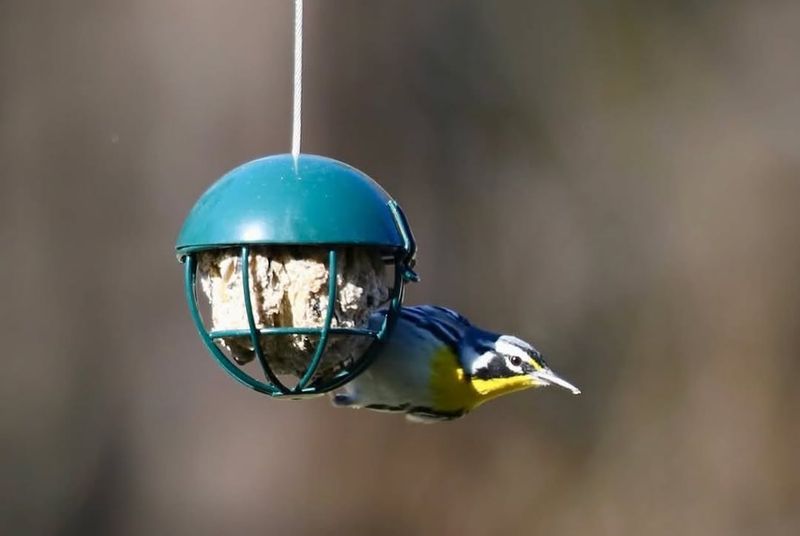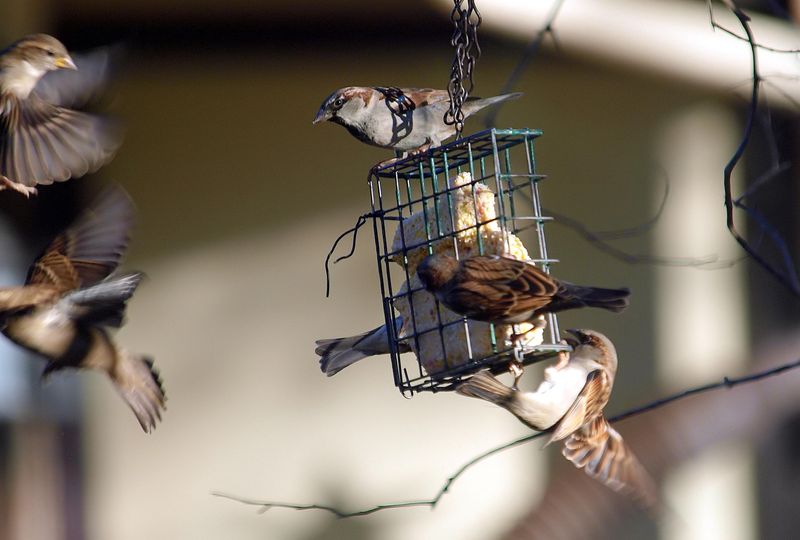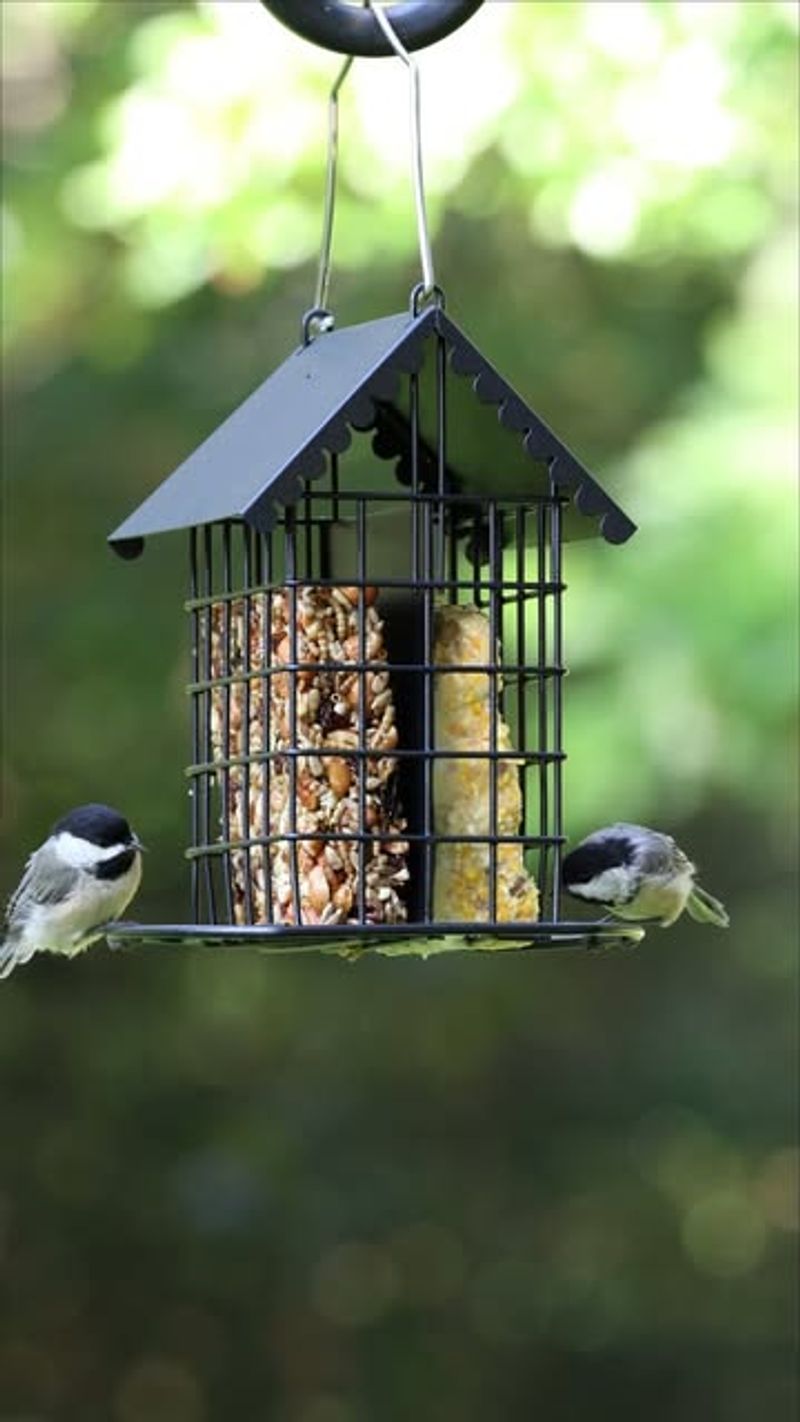Winter in Minnesota can be brutal, with freezing temperatures and snow-covered landscapes that make it tough for birds to find food. Adding a suet bird feeder to your yard before the cold sets in is one of the smartest moves you can make as a homeowner.
Not only will you help local birds survive the harsh season, but you’ll also enjoy the beauty and activity they bring to your winter mornings.
1. High-Energy Food Keeps Birds Alive During Harsh Winters
Suet packs a serious calorie punch that birds desperately need when Minnesota temperatures plummet below zero. Fat-rich suet cakes provide the energy that helps woodpeckers, nuthatches, and chickadees maintain their body heat through long, frigid nights.
Natural food sources like insects and seeds become buried under snow, making survival incredibly difficult. By offering suet, you’re giving birds a reliable energy source that can literally mean the difference between life and death.
Setting up your feeder early helps birds discover it before winter arrives in full force.
2. Attract Beautiful Bird Species You Won’t See At Seed Feeders
Suet feeders bring in a completely different crowd compared to traditional seed feeders. Downy woodpeckers, red-breasted nuthatches, and brown creepers are just a few of the fascinating species that prefer suet over seeds.
Many Minnesota homeowners are surprised by the variety of birds that show up once they hang a suet feeder. Some species, like the pileated woodpecker with its striking red crest, rarely visit other feeder types but can’t resist high-quality suet.
Watching these acrobatic birds cling to your feeder creates entertainment that beats any winter TV show.
3. Easy Maintenance Compared To Other Winter Feeding Options
Unlike seed feeders that require constant refilling and cleaning, suet feeders are remarkably low-maintenance during Minnesota’s cold months. A single suet cake can last several days to a week, depending on bird traffic, and frozen suet doesn’t spoil or get moldy.
Cold weather actually works in your favor since suet stays solid and mess-free when temperatures drop. You won’t deal with seed hulls piling up underneath or squirrels making a mess of scattered food.
Simply replace the suet cake when it’s gone, and you’re done until the next refill.
4. Help Migrating Birds Refuel Before Their Journey South
Fall migration puts enormous stress on birds as they prepare for long flights to warmer climates. Installing your suet feeder before temperatures drop gives migrating species a chance to pack on essential fat reserves they’ll need for their journey.
Birds traveling through Minnesota during autumn migration actively search for high-calorie foods to fuel their flight. Suet provides exactly what they need in a convenient, accessible form.
Early feeders also help year-round residents like chickadees build up fat stores before winter’s worst weather arrives, improving their survival rates significantly.
5. Support Local Ecosystems And Biodiversity In Your Neighborhood
Feeding birds isn’t just about enjoyment—it plays a real role in supporting Minnesota’s winter ecosystem. Healthy bird populations help control insect numbers, spread seeds, and maintain the natural balance of your local environment.
When harsh weather limits natural food availability, backyard feeders become critical survival stations for wildlife. Your single suet feeder might support dozens of individual birds throughout the season, contributing to healthier populations overall.
Encouraging biodiversity in your yard creates a more resilient local ecosystem that benefits plants, insects, and other wildlife too.
6. Create Educational Opportunities For Kids And Families
A suet feeder transforms your window into a live nature classroom where children can observe bird behavior up close. Kids get excited watching woodpeckers hammer away at suet or seeing how nuthatches move headfirst down tree trunks.
Minnesota families can use feeder visits to teach identification skills, discuss migration patterns, and understand how animals adapt to extreme cold. These real-world lessons stick with children far better than textbook learning.
Winter birdwatching also gives families a reason to appreciate the outdoors even when it’s too cold to play outside for long.

